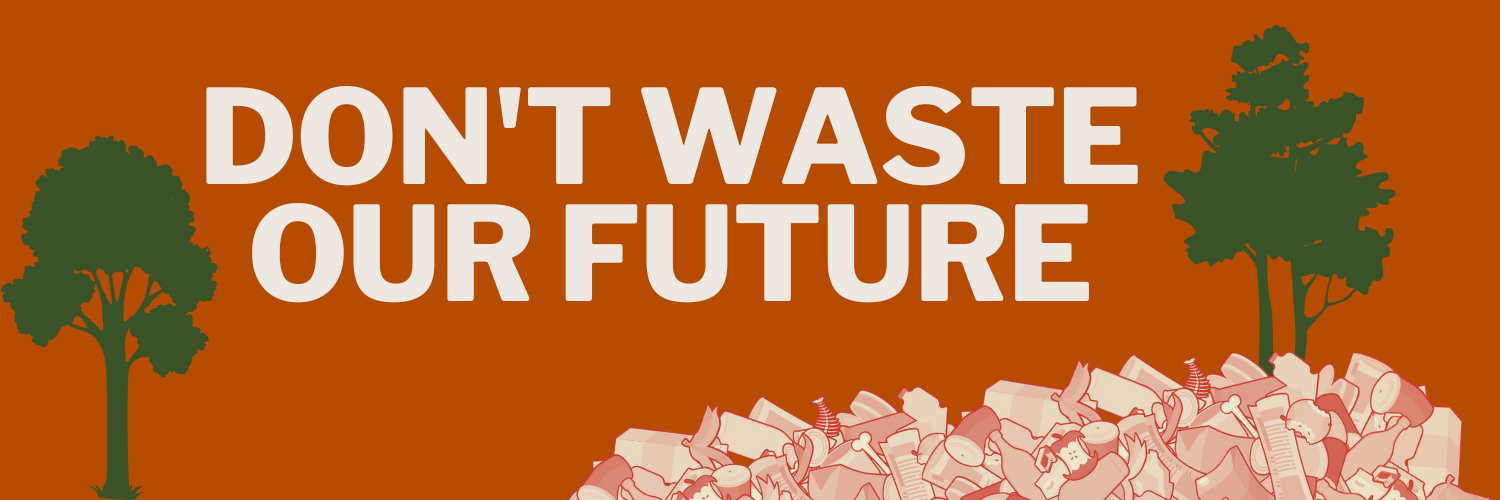Climate and public interest advocates: Landfill emissions rule proposed by Washington Department of Ecology doesn’t get the job done to stop unchecked potent methane emissions, protect communities
16 organizations call on regulators to make use of available technologies and practices to better monitor and capture gas, and improve basic transparency
Olympia, WA – On October 30, the Washington Department of Ecology proposed a draft rule, catalyzed by state legislation that set the goal of better controlling and reducing methane emissions from municipal solid waste landfills. According to a letter released today by 16 environment and public interest advocates, the draft rule locks in the status quo of incomplete gas collection and monitoring, missing a critical opportunity to advance Washington state’s climate goals and protect communities and the environment from the dangers of landfills.
Landfills are the largest source of industrial methane emissions in Washington. When food and yard waste decomposes in landfills, it emits methane – a super-pollutant greenhouse gas with about 80 times the warming power of carbon dioxide on a 20-year time horizon. Landfills can also create many hazards for surrounding communities, including the potential for toxic leachate into groundwater, or quality of life impacts such as noise and odors. Landfills also emit other air pollutants such as volatile organic compounds (VOCs) that react in the sunlight to form smog, which can trigger asthma attacks and make it harder to breathe.
In 2022, EPA inspections at three landfills in Washington state found excessive and even explosive levels of methane. At one landfill near Tacoma, concentrations of methane gas were at such extreme levels they were pushing up the tarp covering the landfill. At a landfill in Klickitat County, the report revealed a major discrepancy in the number of leaks reported by the operator and those found by EPA inspectors.
“While it’s clear that current landfill regulations in Washington aren’t getting the job done, the Department of Ecology’s proposed rule falls short of taking meaningful steps toward one of the most common-sense climate solutions we have” says Katherine Blauvelt, circular economy director at Industrious Labs. “There are proven solutions that will better detect and prevent methane leaks, help achieve Washington’s climate goals, and protect the health and safety of communities statewide.”
“Landfill methane emissions in Washington state are roughly equivalent to the annual emissions of 1 million passenger cars on a global warming potential of twenty years,” says Heather Trim, executive director of Zero Waste Washington. “Strengthening landfill methane emissions rules is the simplest, clearest way that the Department of Ecology can make an effective impact in reducing methane emissions across the state and meeting Washington’s ambitious climate goals.”
The proposed rule would implement a 2022 state law, championed by Representative Davina Duerr, directing Ecology to create rules that create certain requirements and implement others, such as mandating that owners or operators of certain landfills install methane gas capture systems and collect gas at an extraction rate that complies with surface methane emission limits.
The draft rule fails to provide for monitoring using improved technology, such as drones, and fails to leverage third party data that pinpoints large methane point sources. Instead, it will depend on human walking monitoring, with inspectors walking on only certain portions of a landfill in a grid pattern over hundreds of acres, holding a device 3 inches to the ground that increases the risk for human error and missed emissions.
It also fails to include measures to increase the effectiveness of gas collection and control systems including earlier installation and effective operational practices. EPA research has found that food waste decays and thus emits methane much quicker than gas collection systems are required. Lastly, the rule lacks important requirements for public reporting and transparency.
Neighboring Oregon and California have landfill emissions standards, and California is currently considering further strengthening its rules. Despite the alarming recent EPA inspection findings, the state’s draft rule only provides most required records “upon request,” with no requirement that they be submitted electronically for easy viewing.
“Transparency is absolutely essential, especially in the face of such enormous discrepancies between what landfills are reporting and what we saw in these EPA inspection reports,” says Blauvelt. “People deserve full visibility into emissions levels.”
In a public hearing on the draft rule held on December 6, advocates and community members expressed concern with the draft language and urged stronger regulations on landfill methane; written comments on the proposal are also being accepted through today, December 13. The final rule is scheduled to be adopted in spring 2024.
###
